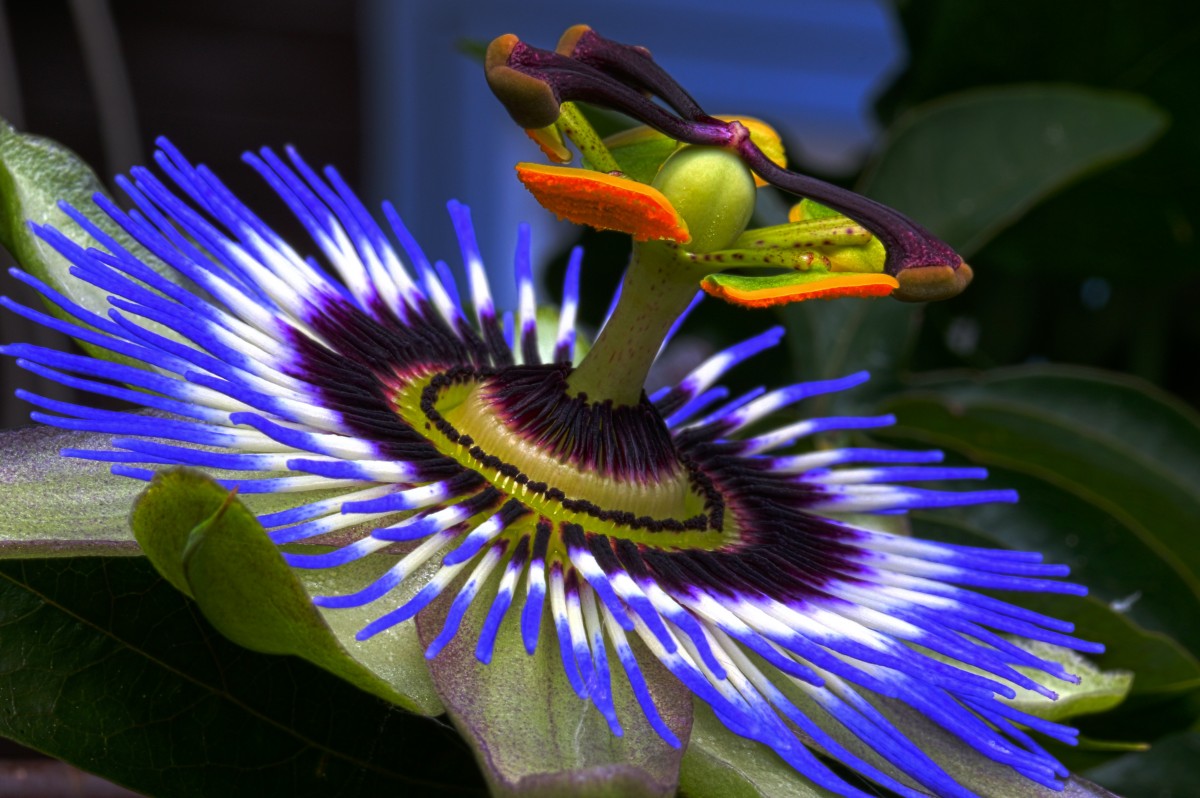This beautiful twin-vine creates significantly large white and violet colored flowers teeming with complexity. The flowers are known to grow egg-shaped yellowy orange fruits filled with tiny seeds.
Early in the 16th century, Spanish missionaries gave passionflower its title when they first saw it in South America and noticed how it expressed symbols of Christ’s crucifixion in the plants vibrant blooming.
Passionflower (Passiflora incarnata) is a species which belongs to the southern and eastern Americas where the fruits called Maypops are eaten.
Research has shown that the Natives regularly ate passionflower fruit thousands of years before the Europeans came. The Houma, Cherokee, and others prepared passionflower roots to ease inflammation from injuries and alleviate liver problems.
The plant was also given to sedate those with nervous conditions.
The Spaniards learned of the medicinal qualities of passionflower from the Aztec in Central America, which used parts of the vine to promote a restful and relaxed state. It was then taken and made its way into medicinal practices in the 1800’s where it was commonly prescribed for anxiety and insomnia during this time.
Modern herbalists use passion flower as a sleep aid and a soft sedative to lessen nervous tension. Compounds in the plant bind to similar areas in the brain which are affected by a neuromodulater called GABA. Research provides evidence showing that passionflower stimulates a chemical effect in the brain which lowers activity and promotes relaxation. Passionflower contains various flavonoids (antioxidants) and alkaloid compounds which promote general well-being.
Beneficial qualities:
- Treats anxiety, nervousness, and tension
- Assists with insomnia
- Promotes relaxation
- A natural sleep aid

Support our Cause
By clicking above you will be supporting our platform to help people struggling with physical and psyhcological health.

